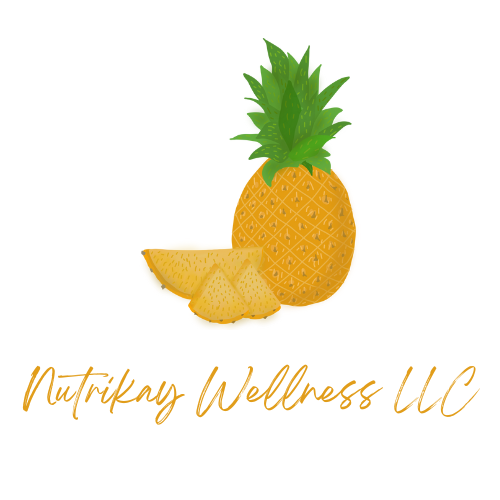What Is The Difference Between Saturated and Unsaturated Fats?
For a long time, fats seemed to be demonized by society. We were told that a low fat diet is what solves the majority of health concerns. Since we have now shifted to a high fat and high protein diet as being a trendy solution, there does bring up the question of which types of fats and which sources seem to be the best.
To begin this article, I would like to note that there is nothing wrong with fats, nor is there anything wrong with other macro nutrients such as carbs or protein, they all have a place in our diet and provide us with various health benefits. That being said, there are certain types of fats and sources of fats that we should try to reduce, while others may be a consistently healthier choice.
Lets start out with the famous trans fats, which is a type of saturated fat. Trans fats had a roller effect of being named a healthy fat source, prior to 1990, to being listed as one of the worst fats you can consume, beginning in the early 2000’s. The concern with trans fats is that they have been linked to an increased risk of chronic illness and have shown to not only increase your bad cholesterol (LDL), but decrease your good cholesterol (HDL) as well. Trans fats can occur naturally in animal-based products, but can also be artificial. A good portion of trans fats are found in processed foods, which is another contributor to chronic illness. It is recommended to reduce, if not eliminate trans fats from the diet, especially the trans fats that come from an artificial source. This is due to the impact on heart health and increase in processed food in the diet that comes along with consuming more trans fat-rich foods.
Saturated fat in general is a fat that I do recommend individuals reduce in the diet. Saturated fats are fats that contain our LDL cholesterol and when consumed in excess, have been linked to heart disease, high blood pressure and obesity. They are found in foods such as process foods, processed meats, beef, dairy, coconut products and pork. You can enjoy some of these foods with less saturated fat intake by purchasing leaner cuts of meat or trimming off the fat.
Let’s move on to our healthier sources of fats, unsaturated. Unsaturated fats tend to be a better source of fat because of their HDL cholesterol content. Sources of omega-3-rich unsaturated fats such as olive oil, fatty fish, avocados, nuts and seeds have shown to not only increase HDL cholesterol but decrease LDL cholesterol. Adding these foods in along with more plant based proteins will allow for a more nutrient-rich, fibrous and healthy-fat diet.
When looking at fats, it is important to take the source and cholesterol content into consideration. For more information on how you can improve your fat intake and reduce your risk for chronic disease through proper nutrition, send me an email to nutrikaywellness@gmail.com , your session may be covered by insurance with $0 out-of-pocket cost!
Reference: Trans fats. www.heart.org. (2023, May 10). https://www.heart.org/en/healthy-living/healthy-eating/eat-smart/fats/trans-fat
